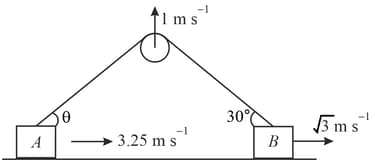A cylinder rests in a supporting carriage, as shown. The side
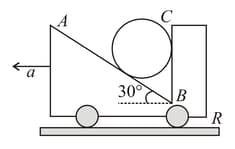

increases and decreases.

Important Questions on Newton's Laws of Motion I
A ball is suspended on a thread from the ceiling of a car. The brakes are applied and the speed of the car changes from
A block of mas slides down the face of a smooth wedge of mass as shown in figure. The wedge is placed on a frictionless horizontal surface. Determine the acceleration of the wedge.

In the figure shown, and are free to move, and they are released from rest. All the surfaces are smooth.
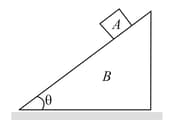
In the pulley system shown in the figure, the block is going up at and the block is going up at . Find the velocity of block .
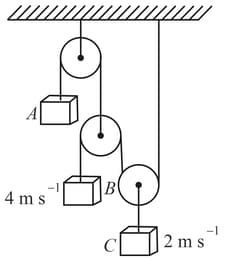
A system is shown in the figure. A man is pulling the rope from both sides with constant speed . Find the speed of the block.
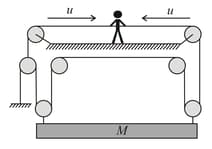
A rod is shown in the figure. The end of the rod is fixed on the ground. Block is moving with velocity towards the right. The velocity of the end of the rod, when the rod makes an angle of with the ground is
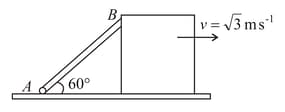
In the figure shown, find the value of [assume string to be tight].
